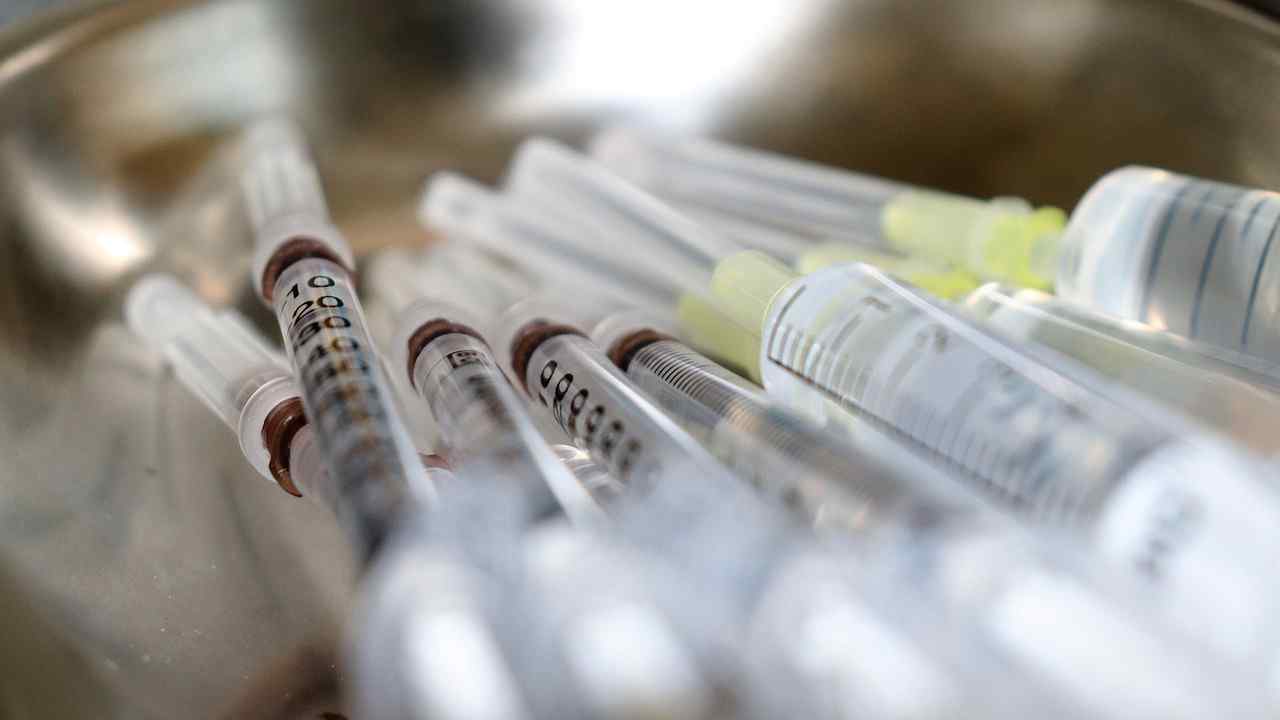The first injection to offer long-lasting protection against HIV is being rolled out in South Africa and Brazil, as an alternative to daily medication, according to the UN agency UNITAID.
UNITAID, an international drug procurement facility of UNAIDS, wants to increase the coverage of existing resources for HIV prevention in low and middle-income countries.
Developed by ViiV Healthcare and approved by the US health authority, the injection, whose active ingredient is Cabotegravir, offers two months of protection against HIV.
“But we need urgent action to ensure people everywhere can benefit,” said UNITAID Executive Director Philippe Duneton.
To do this, it will introduce the long-acting Cabotegravir injection in Brazil and South Africa, which can reach different sectors of the population through an adequate and accessible supply.
The UN agency “intends to implement on a large scale the latest innovation in prevention of the Human Immunodeficiency Virus. This is a new eight-week injection that will provide users with an alternative to daily oral pills. Expanded prevention options are expected to improve coverage for people most at risk of HIV infection,” said UNITAID spokesman Hervé Verhoosel.
Oral pre-exposure prophylaxis—HIV medications—can prevent HIV infection in 99 percent of cases. However, it only works when taken as prescribed: either once a day or before and after sex for cisgender men.
Cabotegravir, which lasts for eight weeks, addresses the challenges users face with regular pills that reduce the impact of oral prophylaxis in real-world settings.
They also help reduce potential fears that HIV prevention pills may be confused with HIV treatment and that the user will experience stigma, discrimination or intimate partner violence as a result.
Although prophylaxis can be up to 99% effective, acceptance of such injection has been slow. In fact, only a third of the UN targets to increase coverage or reduce new HIV infections by 2020 were met. Inequalities in who can access such treatment are increasing.
To introduce the new injection, UNAIDS has chosen two countries with a high incidence of HIV, Brazil and South Africa.
In Brazil, programmes aim to reach two of the groups with the highest rates of HIV. It is estimated that 30 percent of transgender people and 18 percent of men who have sex with men are living with HIV.
In South Africa, adolescent girls and young women, as a group that is infected at a disproportionately high rate, will be the target of funded efforts in that region. In sub-Saharan Africa, six out of seven new adolescent HIV infections are among girls. On the other hand, young women are twice as likely to be living with HIV as young men.


























